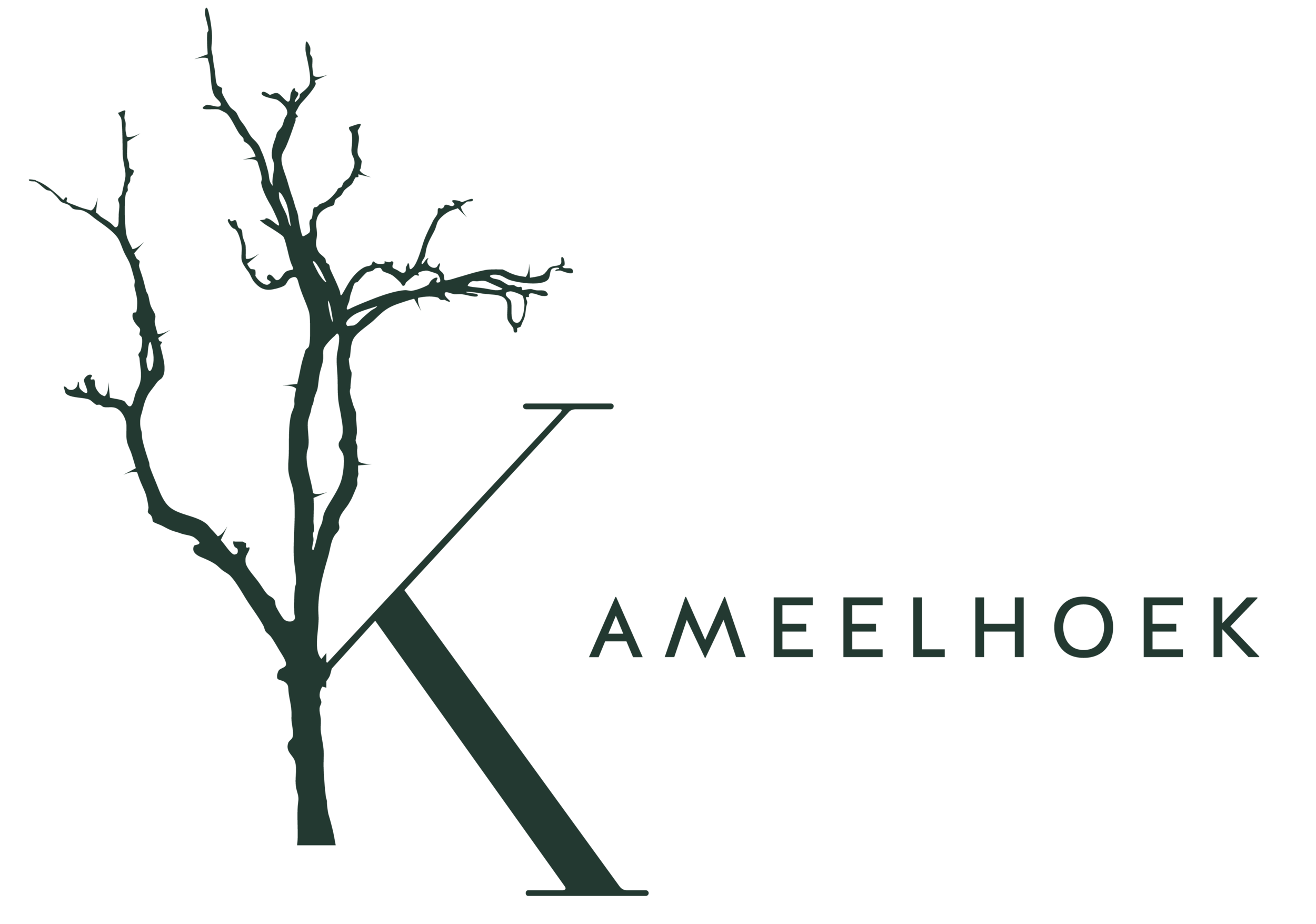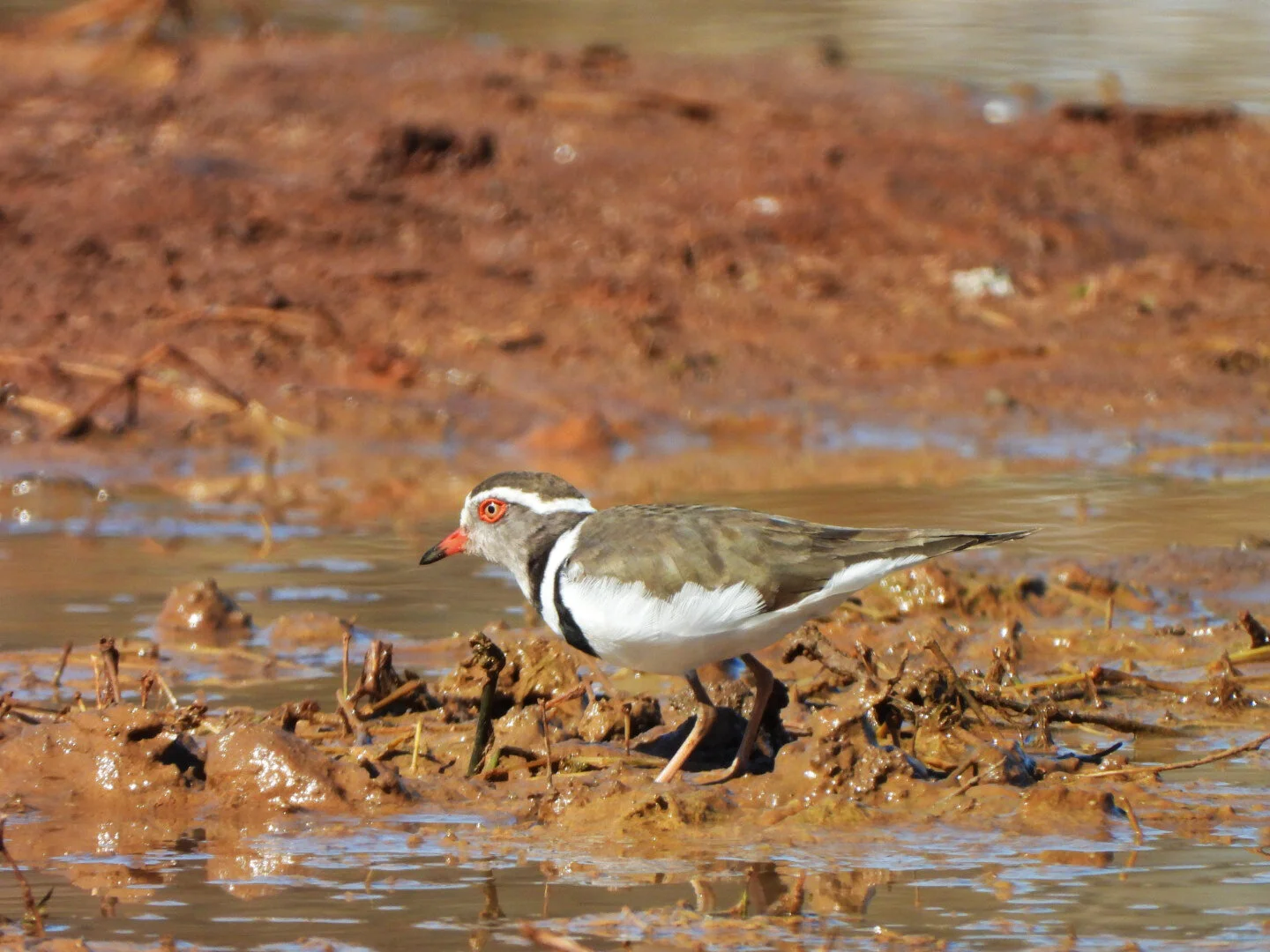Three-Banded Plover
Image Credit · Morné Muller
Family: Charadriidae; Genus: Charadrius; Species: tricollaris
A midday bushwalk through the north-western parts of Kameelhoek exposes a person to the diversity of the landscape at ground level. Details of the surroundings become clearer with every step as one moves quietly and at a relaxed pace. Senses of hearing, seeing, and even smelling are heightened as your heartbeat resonates with the rhythm of nature. The combination of open woodland and mosaic shrubland produces a satisfying feeling whilst following the footsteps, or rather “tracks” on animal footpaths. It is in this part of Kameelhoek where a mixture of open and dense habitat reveals the reason why many animals call this place “home”.
Along the course of the walk, the area opens to the Spitskop earth dam, with a body of water signifying the possibility of an animal encounter. Although the signs are everywhere, no animal can be seen present. It is as if nature intended noon to be a special time of day where activity is kept to a minimum. Once conformed to the rules of nature, sitting quietly on the banks of the earth dam, subtle movements and sounds of insects, calls of birds, as well as the echo of rutting (1) impala in the distance are noticed.
An inconspicuous presence, and the sight of a tiny little grey figure catches your eye. Unphased by your presence, the little figure surprisingly identifies as a Three-banded plover going about its business in the muddy shallows in front of you. Remarkably camouflaged you notice more plovers foraging in a somewhat elegant manner.
Three-banded plovers are rarely seen due to their size and camouflaged pattern, but occur throughout southern Africa, and even as far as Madagascar. Easily underestimated, the little bird is a prime example of adaptability and efficiency, making the most out of any situation or environment in order to survive. Usually, migrating away from arid areas at the onset of the dry season, our beloved little plover has decided to extend its visit in the Kameelhoek territory. This probably due to its newly found earth dam at Spitskop, providing a prolonged source of food and habitat.
Rutting – a period of reproductive activity and excitement displayed by certain male ruminants.

